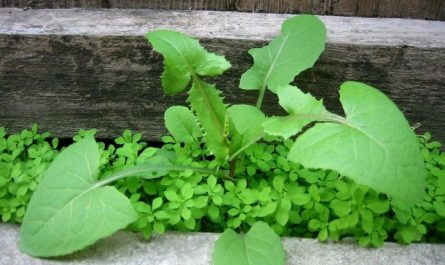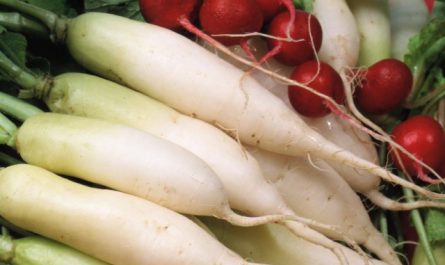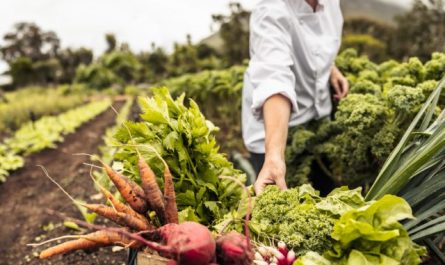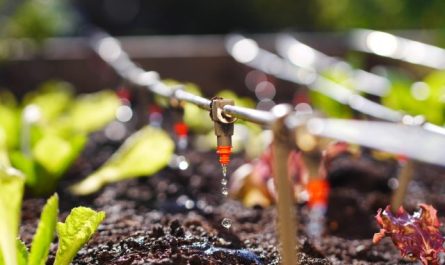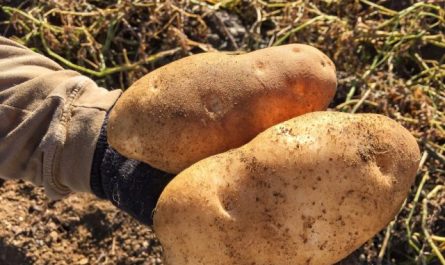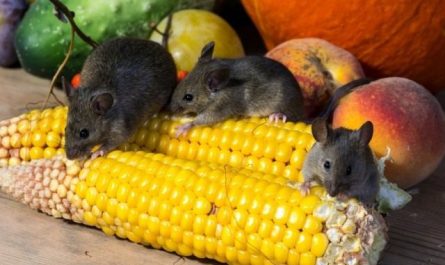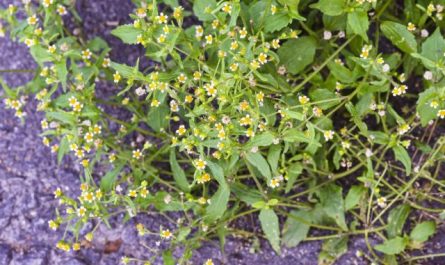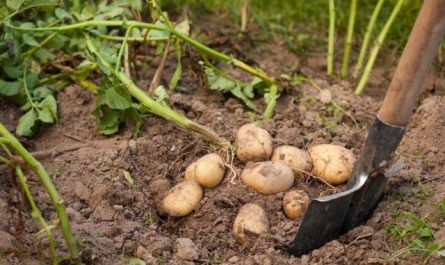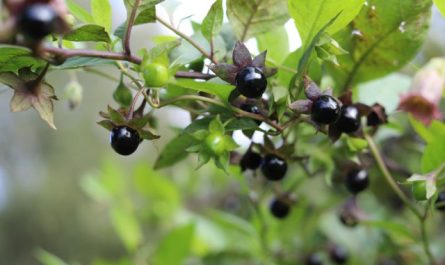For those who have been growing cucumbers for many years, choosing a variety to plant next season is not difficult. But for those who are not experienced in gardening, choosing cucumbers for their garden is quite problematic, since their choice is incredibly large. But if you set a goal and carefully study the selection proposals in light of the characteristics of this crop, you can find exactly what will be the ideal option for you. Let’s consider what you need to know about cucumbers before making a final decision on choosing a variety.

Where do we grow?
The first thing you need to consider when choosing cucumber seeds is the zoning of the variety. Why is this so important? Because most varieties and hybrids are bred by breeders taking into account the crop’s adaptability to the climatic conditions of a given region. This means that zoned varieties of cucumbers not only perform better in the recommended zone, but also require less labor to obtain high yields.
Information on zoning can be found on the Internet, at breeding stations, in scientific literature. If there is no data on the cucumber variety you are interested in, you need to focus on its ripening time. Thus, mid-season and early varieties and hybrids of cucumbers are best suited for the Middle Belt. For the Urals and Siberia, not just early ripening varieties, but those that are cold-resistant and undemanding to lighting. Southerners can afford late-ripening varieties.
Open or closed ground?
In addition, when choosing a variety or hybrid of cucumber, you need to know right away where you will grow it, since what is best suited for a greenhouse may not perform very well in the garden beds and vice versa.
Deciding: cucumber variety or hybrid?
When looking at seed packets, some gardeners are very confused when they see the designation “F1” next to the name, but in vain. This marking indicates that the presented seeds are not a variety, but a hybrid. And, as is known, hybrids have more perfect qualities in relation to varieties.
Why? Because they are bred over several years (and sometimes decades), and are designed to take only the best from the parent lines. Therefore, they have a more uniform germination, the ability to form a larger number of female flowers (from which fruits grow) at an early stage, increased resistance to a number of diseases and adverse conditions, and a higher yield.
The only drawback of all hybrid plant forms is the inability to preserve the entire set of positive qualities in their seeds. Therefore, hybrid seeds are not collected, but purchased again for the new season.
What about the varieties?
Among domestic varieties of cucumbers, there are quite a lot of good ones that have become established in a particular region. However, they should also be periodically updated by purchasing seeds, since within 3-5 years the variety degenerates and significantly loses in yield.

Why do we grow cucumbers?
When choosing cucumber seeds, it is very important to immediately decide whether these will be cucumbers for slicing into a salad, for pickling or canning. Do not be confused, in fact, all varieties available for sale are oriented by purpose.
Salad cucumbers have thin skin, a delicate sweet taste, are characterized by high productivity and unpretentiousness. They are pleasant in salads, more or less in a lightly salted version, but when pickled they become soft. It is quite easy to distinguish them – you just need to look at the color of the tubercles on the skin, and if it is white – it is a salad variety!
But if the bumps on the cucumbers are rare and black-spined, the skin is dense – you have a pickling option! This category mainly includes all Russian varieties and Dutch selections with small fruits. The latter have more frequent bumps than Russian varieties, a bouquet type of flowering and clear indicators of varietal maturity, determined by the size of the fruit. Growing beyond the length stated in the description of the hybrid, such cucumbers lose their taste and harden.
There are also varieties of cucumbers for general purposes, but most of them are low-yielding.
We look at the ripening time
It is no secret that cucumbers can be early, mid-season and late. But what are the terms behind these definitions?
Early ripening varieties and hybrids from germination to the beginning of fruiting are approximately 32-40 days. Mid-season – 40-50. Late ripening – from 50.
Often the date of the first harvest is indicated on the seed packet, in the description of the variety, but compliance with the specified data is only possible with proper care of the crop and the absence of stress.
And also, the earlier the cucumber variety ripens, the shorter its fruiting period. The later it ripens, the more resistant it is to adverse external influences and diseases.

We focus on the nature of the development of the above-ground part
When considering cucumber varieties, it is worth mentioning that they are all divided by the growth principle. There are bush cucumbers, short-vine, long-vine and medium-vine. At the same time, the longer their above-ground part develops, the later they enter the fruiting period and bear fruit longer.
In addition, there are varieties of cucumbers with good or active branching, limited or moderate and weak.
Cucumbers with active branching grow lateral shoots from almost every node of the central stem and are distinguished by a long period of fruiting. They are used for both closed and open ground. But in greenhouse conditions they require shaping, but in the garden they can be grown without pinching, without garters, freely spreading on the ground.
For greenhouses, today you can find many cucumber hybrids with the ability to self-regulate branching. It consists in the fact that while the fruits are forming on the main stem, the side shoots stop growing, but when the main part of the harvest is removed from the central stem, all the other shoots begin to grow actively.

Varieties of cucumbers with limited branching are somewhat easier to grow. They can form many lateral shoots, but they have shortened internodes and are distinguished by their small length. Usually these are hybrids with long fruiting, formed on vertical trellises, recommended for greenhouses, but also used in open ground.
Weakly branching cucumbers form a group of early maturing sprinter hybrids. They are highly productive, form ovaries together, but after a month of fruiting they significantly lose their growth potential. Their lateral shoots are small, about 15 cm long, often without leaflets, the internodes are short. Due to this feature, a denser planting scheme can be applied to them – up to 6 pcs. per sq. m. (for other varieties 2,5-3 plants per sq. m.).
Actively branching varieties of cucumbers are good for the south, weakly and moderately branching ones are recommended for unheated greenhouses and open ground in the northern regions, and all three groups are applicable for the middle zone.
Don’t ignore the type of flowering
Another feature of the crop that you need to know when choosing a variety or hybrid is its division into two large groups: parthenocarpic and bee-pollinated. What is the difference between them?
Parthenocarpic varieties of cucumbers do not require pollination by insects and are therefore particularly well suited for growing in greenhouses, but are also used in open ground and for temporary film shelters. According to the nature of flowering, they are female or predominantly female. However, the ability to parthenocarpy is a feature that reacts to external conditions: temperature changes, lack or stagnation of moisture can significantly reduce the productivity of such plants.
On the market you can find cucumber varieties with partial parthenocarpy; they need to be sown with a pollinator at a rate of 1 to 10, or varieties with a small percentage of male flowers.
Bee-pollinated (cross-pollinated) varieties of cucumbers — form an ovary only when pollinated by insects (not necessarily bees). Grown in open ground and under temporary film shelters. They mainly include hybrids of predominantly female or female flowering type and therefore require sowing of a pollinator variety or hybrid, at a rate of 1×10. But there are also cucumber hybrids with a mixed flowering type (both female and male flowers on plants), which do not require sowing of a pollinator.
Important! When buying several types of varieties at once, do not plant bee-pollinated and parthenocarpic plants next to each other, since if the latter are pollinated by insects, their fruits will not have the correct shape and will become bitter.

Let’s take note of our attitude towards light
In addition to all of the above, cucumber varieties also differ in their ability to withstand a lack of light. Shade-tolerant varieties are mainly used for heated greenhouses during the growing season from January to July. Light-loving varieties are used in the summer and are classified as spring-summer varieties. However, there are varieties that tolerate partial shade well for garden beds.
How much cucumber seeds should I buy?
Based on the above, it is easy to conclude that you need to choose several varieties and hybrids for your plot. For example, one super-early variety for the first summer salads, one or two medium-sized varieties, and one or two late varieties. Or: several salad varieties, and several for canning, with different ripening periods… The focus should be on increasing the harvest period and the ability to get cucumbers in any weather conditions.
It is also recommended to purchase new varieties and hybrids every year in order to eventually decide which variety is best for your beds.
Attention! Please write in the comments to this article the varieties of cucumbers that you grow and that you like for their characteristics. Please do not forget, in addition to the name, to briefly describe them and indicate in which region and how you grow them. You can post your reviews with photos in this topic on the forum. Thank you!
In the near future, we will publish a separate article with a list of cucumber varieties and their characteristics.
